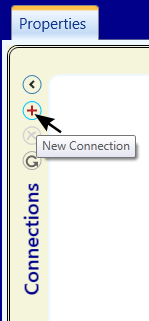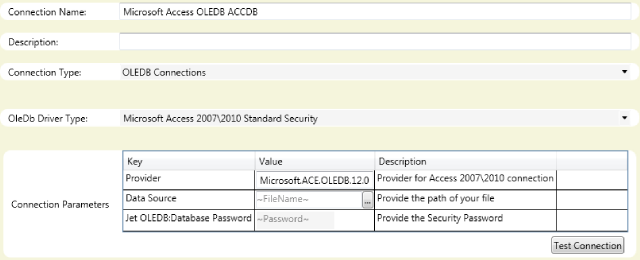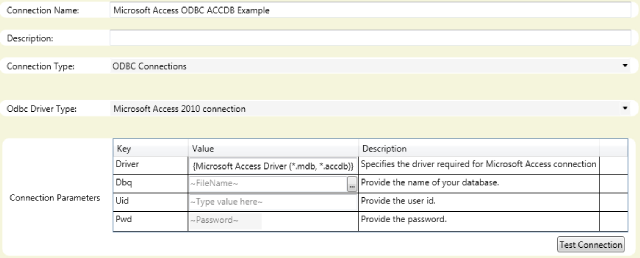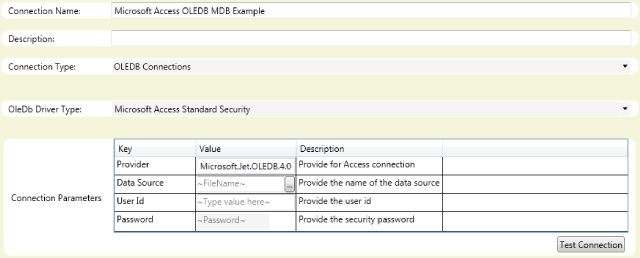Warning for Working with Microsoft Access in a Server Environment
While Microsoft Access does support multiple users, we do not recommend using Access in a production environment where it is avoidable. It will not scale up with many users accessing via a web service.
There are some important set-up details for using Access databases with DataConnect. You must make sure you follow these steps or you will have problems.
Configuring a Microsoft Access Connection in DataConnect
Flynet DataConnect can connect to both Microsoft Access file formats, mdb and accdb. If you have Microsoft Access installed on your desktop, you will have the necessary drivers installed to access Access databases.
For more information about Access data drivers, see our Access guide. DataConnect can connect to Access using ODBC or OLEDB (dependent on having the drivers installed).

Create a New Connection
Flynet DataConnect offers the Full Experience for Microsoft Access. This means you can create queries using a tile-based drag and drop interface.
To create a connection to a Microsoft Access database, make sure you are on the Connections tab. Then press the (+) icon at the very left hand side of the window.
Give your Connection a Name and Type
You then need to give your connection a name, and optionally a description.
You now have the option to use OLEDB or ODBC for your Connection Type. If you are unsure which to use, make sure you read our Access guide.
Select the Driver Type and Locate the File on Your Computer
Select the connection technology and the file type you wish to use:



